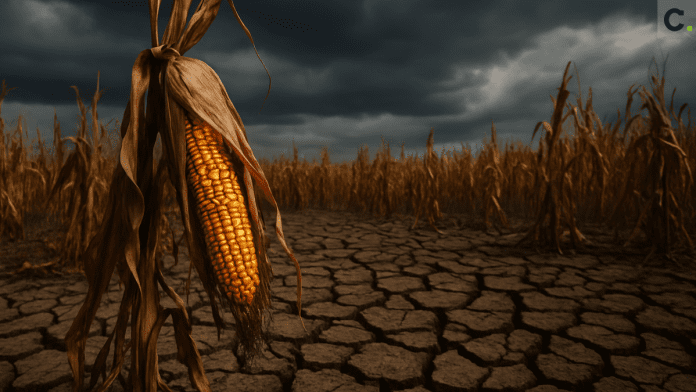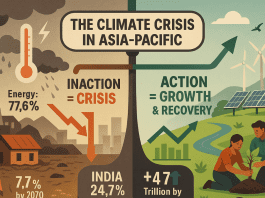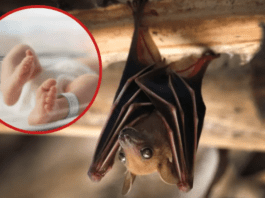Climate change may shape a future where children born today grow up in a world where America produces only half as much food from its major crops. A new study warns that rising global temperatures are already damaging key food systems. The United States, one of the world’s top food producers, is now facing huge losses due to climate change.
Climate Change Is Hitting Our Food Hard
Scientists looked at six of the world’s most important food crops. These consist of rice, wheat, cassava, soybeans, sorghum, and maize (corn). When combined, they account for more than two-thirds of daily caloric intake. That means most people on Earth depend on them to survive.
This study shows that as the Earth gets hotter, these crops won’t grow as well. Corn, wheat, and soybeans are at risk in the United States. By the end of the century, these crops may have decreased by 40–50%. This drop will happen even if farmers try to adapt to the new climate.
Climate Change Cuts More Food With Every Degree
The research took eight years to complete and covered over 12,000 regions in 54 countries. It monitored farmers’ adaptation as well as crop losses. Farmers are already trying to fight climate change by using different seeds or changing how they water crops. However, these changes are not enough.
The scientists found a shocking pattern. For every 1°C the world warms above past temperatures, food production will drop. People will lose 120 calories worth of food each day, on average. That is like skipping part of a meal every day.
If the Earth warms by 3°C, that’s like every person skipping breakfast daily. This is not just a problem for one country. It affects food prices, hunger levels, and the lives of billions.
The US Corn Belt Could Be in Trouble
One of the most surprising parts of the study is how badly rich countries could be affected. Places like the US and Europe have farms built for today’s mild weather. These farms are highly developed but are not ready for extreme heat.
New Trade Deal Slashes US Tariffs on UK Exports — Relief for Cars, Steel, and Farmers
In the US, the “Corn Belt” — a huge area where corn and soybeans grow—could lose its identity. Today, this region grows a large part of America’s food. But with higher temperatures, it may not stay suitable for these crops. In the future, farmers may not be able to plant soy and corn there.
Additionally, soybean yields may decline by as much as 50% in the United States. Wheat may face a similar fate. Only rice might avoid big losses, as it can survive better on warmer nights.
Climate Change Adds to Crop Struggles in Poorer Nations
While richer nations like the US may get hit hard, low-income countries are not safe either. Cassava, a root vegetable that many people in sub-Saharan Africa eat, is at risk. This crop is often grown because it can handle tough weather. But this study shows that even cassava suffers during extreme heat.
Farmers in poorer regions already deal with harsh climates. Many have learned to survive with less water and hotter days. But even they are reaching the limits of what they can adapt to. If cassava yields drop, millions who rely on it could face hunger.
Scientists say that while some changes in farming help, they won’t fully protect us. Moving crops to cooler places or planting them at different times can help a little. But these steps cannot stop the deep impact of rising heat.
Climate change is not just about rising seas or melting ice. It’s about what we eat, what farmers grow, and whether children born today will face hunger in their lifetime. Even the best farmers may not save our food supply, which is in danger.




